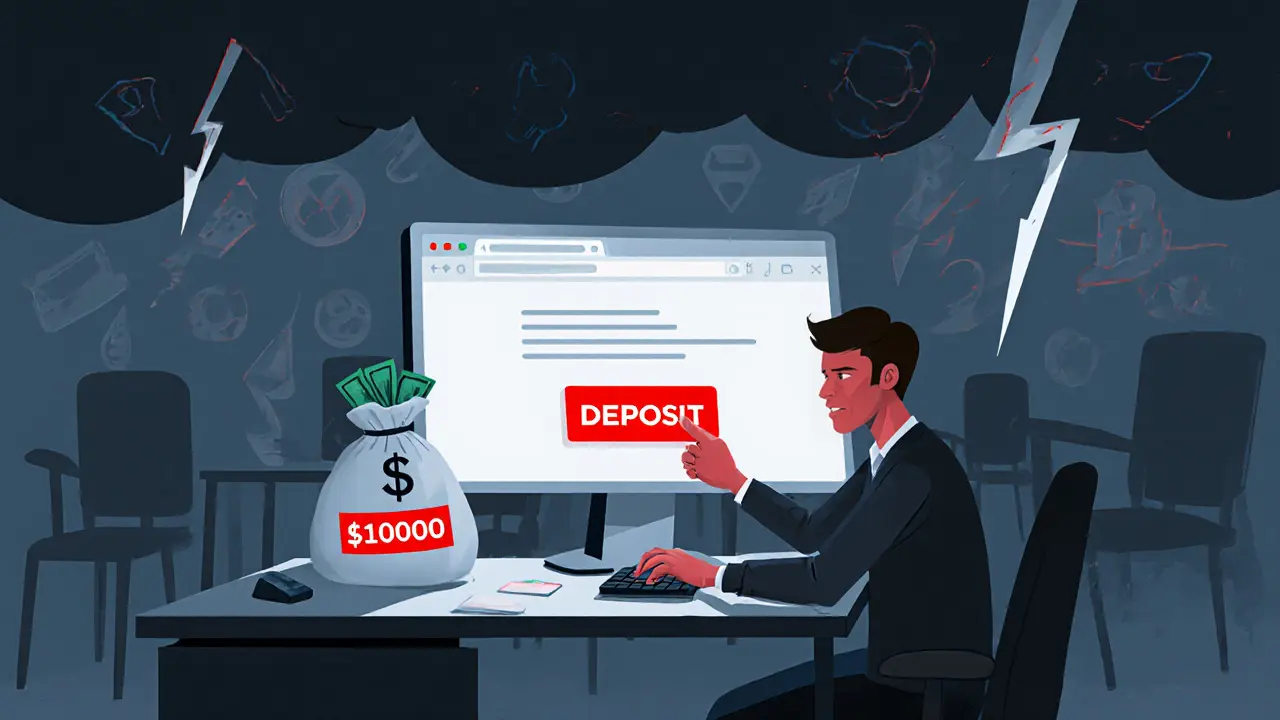When you hear the term Exchange Safety, the set of measures that shield user assets and data on digital trading platforms. Also known as trading platform security, it matters whether a platform has solid exchange safety practices because a single breach can wipe out balances overnight. Crypto exchange, a service that lets you buy, sell, and swap digital assets is the playground where safety rules are applied. The first line of defense is a thorough security audit, an independent review of code, infrastructure, and operational procedures that uncovers hidden bugs and misconfigurations. A regular audit enables exchange safety by exposing risks before attackers can exploit them. Next, regulatory compliance, adherence to legal frameworks governing financial services forces platforms to meet minimum security standards, keep proper records, and protect consumer funds. In short, exchange safety encompasses security audits, requires regulatory compliance, and is boosted by transparent crypto exchanges. These three pillars shape a safe trading environment and set the stage for the deeper topics covered in the articles below.
Beyond audits and rules, you need to watch liquidity risk, the danger that a platform cannot fulfill withdrawal requests due to insufficient assets. A high‑liquidity market usually means lower slippage and faster trades, but if a sudden surge drains the pool, users can get stuck. Platforms mitigate this by keeping reserve funds, partnering with insurance providers, and disclosing real‑time liquidity metrics. Another practical layer is cold storage – keeping the bulk of funds offline to prevent remote hacks – and multi‑signature wallets that require several approvals before moving money. Many exchanges also offer two‑factor authentication, device binding, and withdrawal whitelists to stop unauthorized exits. When you combine these technical safeguards with clear user education—like warning signs about phishing links and how to verify URLs—you create a defense‑in‑depth model. The more each component works together, the stronger the overall exchange safety posture becomes, and the less likely you’ll face a loss.
All of these elements—audits, compliance, liquidity health, cold storage, and user habits—form a tightly knit ecosystem that protects your crypto assets. In the list that follows you’ll find deep‑dives into specific exchanges, reviews of their fee structures, and analyses of how they handle security and regulation. Whether you’re comparing a new DEX on Polygon or a well‑known BSC platform, the insights here will help you assess whether the exchange meets the safety standards you expect. Dive in to discover practical checklists, real‑world case studies, and step‑by‑step guidance that let you trade with confidence.

A thorough ko.one crypto exchange review that examines security, regulatory status, red flags, and safer alternatives for traders.